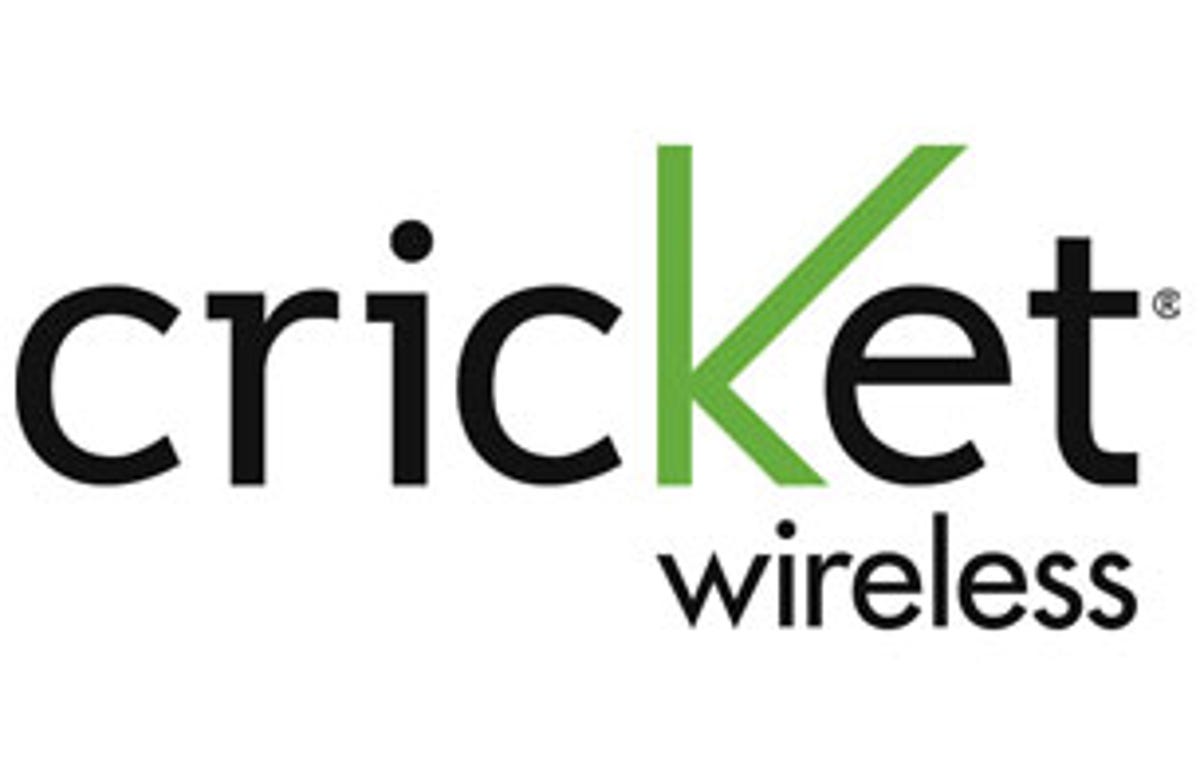Leap Wireless saw its third-quarter loss narrow as the tide continues to turn for the better on customer growth.

The prepaid wireless provider, which sells its service under the brand Cricket Wireless, posted a quarterly loss of $68.8 million, or 90 cents a share, compared with a year-earlier loss of $536.3 million, or $7.06 a share, when it recorded a charge of $477.3 million for the write-off of assets. Revenue, meanwhile, rose nearly 20 percent to $763.3 million.
Analysts, on average, forecast a loss of 79 cents a share and revenue of $764 million, according to Thomson Reuters.
On a brighter note, Leap posted a net gain of 10,000 customers, compared with a net loss of 200,000 customers a year ago. The improvement indicates the steps that the company took to right its ship–introducing 3G services, cutting prices, and introducing smartphones–are beginning to take hold, albeit slowly.
Many were down on some of the prepaid providers as a result of the price cuts taken by the larger national carriers, as well as the strength seen at the low-end with the popularity of the cheaper Tracfone prepaid plans. Leap Wireless and MetroPCS were seen getting squeezed at both ends. MetroPCS reports its results tomorrow.
Leap and MetroPCS’s predicament flies in the face of the total prepaid sector, which has seen tremendous growth as cost-conscious consumers gravitate toward plans without two-year commitments and strict credit checks.
The customer turnover rate also fell to 3.8 percent from 5.5 percent a year ago. Prepaid turnover is notoriously high because customers aren’t bound by traditional service contracts.
Helping with to lessen customer turnover has been Leap’s Muve streaming music service, which CEO Doug Hutchinson previously told CNET has been successful in creating more loyalty. Toward the end of the quarter, Leap expanded its presence across the country thanks to partnerships with national retailers and a wholesale agreement with Sprint Nextel. The deal is expected to contribute to customer growth significantly in the fourth quarter, a traditionally strong period for the prepaid wireless providers.



